The words chanoyu and matcha have always fascinated me as a child. It was around the time I started enquiring a lot about the Japanese way of life and the Japanese tea ceremony, that I kept coming across these two words. Little I knew back then that chanoyu and matcha were about to become an obsession, which later transcended into an insatiable appetite for Japanese knowledge.
Japanese Tea Ceremony
Chanoyu or sadō, chadō refers to the Japanese Tea Ceremony, a wonderful performance involving Japan’s most intriguing tea: Matcha. Matcha is powdered green tea and usually very expensive if you seek the ceremonial grade quality. It’s best to buy it directly from Japan or from a specialised shop to avoid cheap powdered tea from China.
Traditional Japanese Tea
Matcha is expensive because it takes about one hour to grind 30 grams of tea. The leaves used for grinding are the same as the gyokuro, which is one of the most expensive and sought-after teas in Japan. Gyokuro means “jade dew” in Japanese. Gyokuro (and ultimately, Matcha) is made from shade-grown tea leaves. The whole process of creating impeccable Matcha tea takes roughly 20 days or Japanese love, labour and precision.
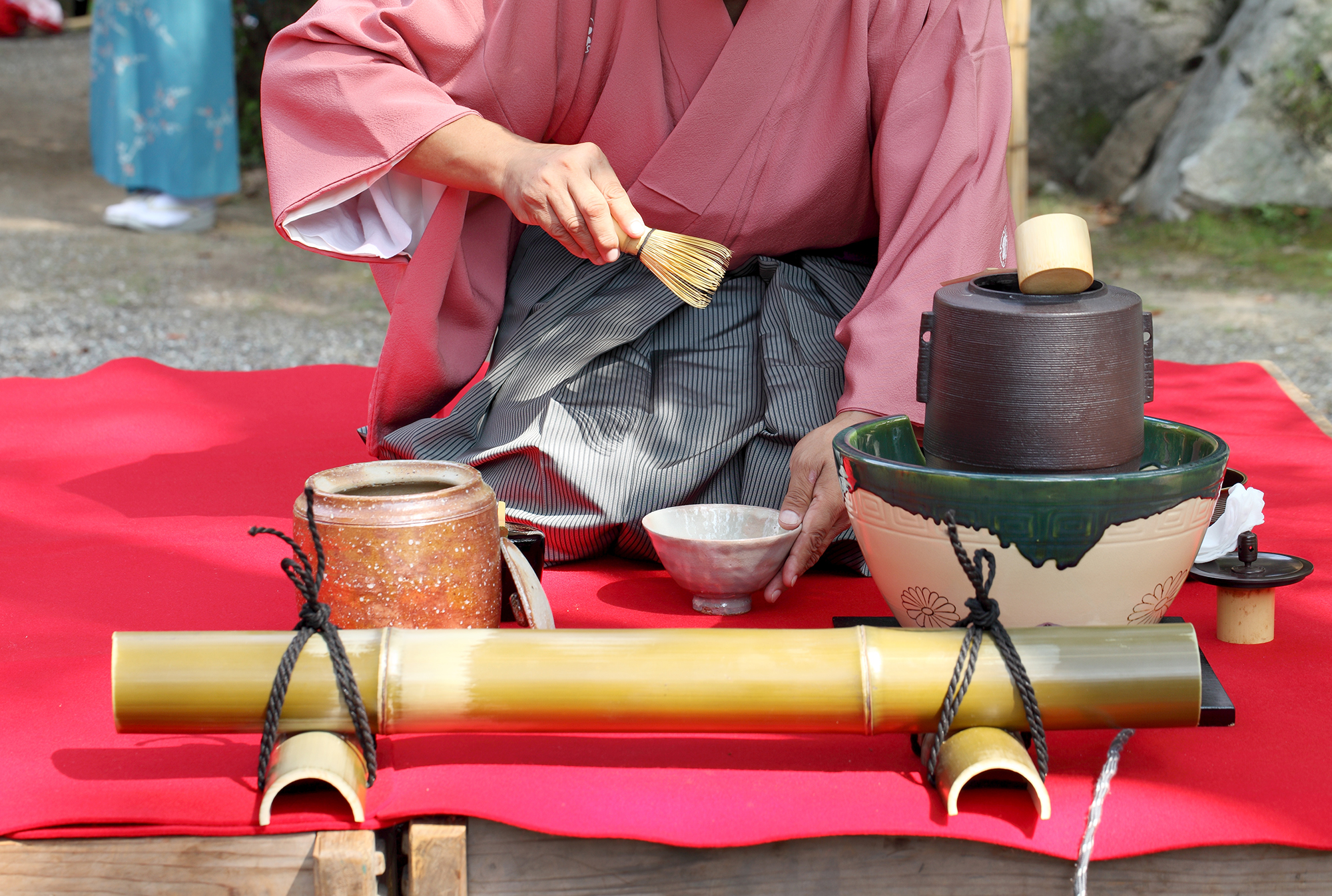
The beginning of the Japanese Tea Ceremony
But what about the Japanese Tea Ceremony? How did it come to be such sensation and what are the benefits of green tea?
Back in the 9th century, the Buddhist monk Eichū served green tea to the Emperor Saga. It is believed that a year later (in 816) tea plantation began in the Kansai region. This is exactly why in my opinion Uji is a paradise to a tea lover, as it remains one of the most authentic places to get to understand the tradition behind tea ceremonies and tea plantations in Japan.
Although interest in tea faded after the 9th century in Japan, drinking green tea became used as part of religious rituals in Buddhist Monasteries. Murata Jukō is known in chanoyu history as an early developer of tea ceremony as a spiritual practice. He studied Zen which is said to have influenced the way he created the chanoyu around the 15th century. A century later, the tea ceremony in Japan was practised by virtually everybody, irrespective of their social status.
How to behave during the Japanese Tea Ceremony
The Japanese tea ceremony is still very much taken seriously in present times. If you ever wondered what to expect from a tea ceremony, here is everything you need to know.
You should arrive a few minutes before your appointment. You must leave your coats behind in the waiting room and put on fresh tabi. Traditionally the waiting room has a tatami and a decorative hanging scroll which varies, depending on the season. This is the time when your host will offer you some hot water, kombu tea (one of my favourite) or barley tea. After everyone has arrived (usually no more than 4 guests), you will be taken to the garden (roji). Sit down on a waiting bench and await further instructions.
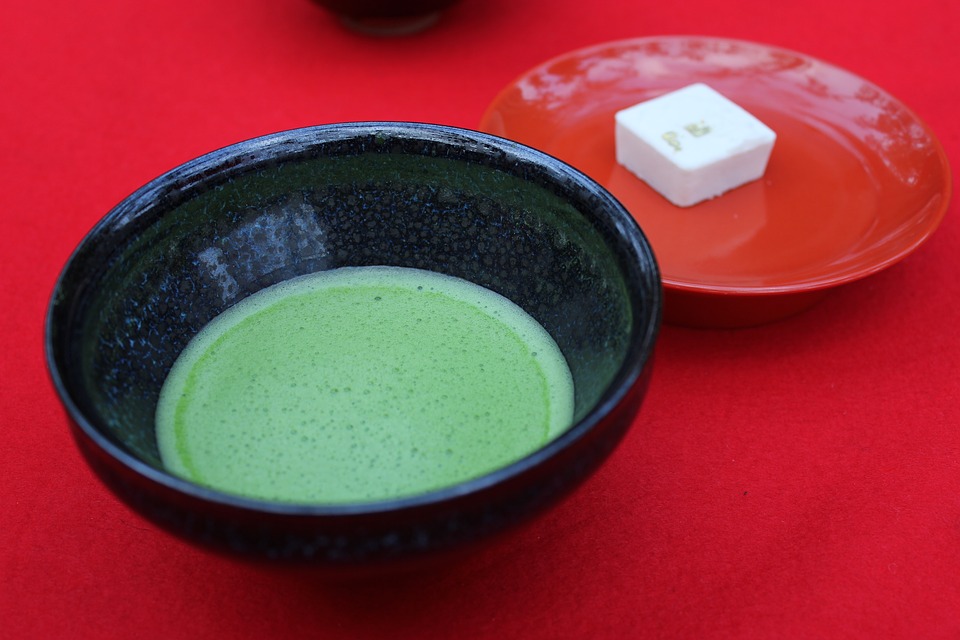
When you host arrives, make sure to exchange bows, then proceed to the tsukubai where you need to wash your hands and mouth. You will now be taken to the tea house. Proceed to the tea room through a small door called nijiri-guchi. When the last guest enters the room, he/she must close the door with an audible sound as this will alert the host to enter the tea room and welcome each guest individually. Traditionally, the first guest will have to ask the host questions about the hanging scroll in the waiting room. I guess chit-chatting is a thing even in Japan.
A meal is served to the guests, as well as a sweet wrapped in special paper. After the food, each guest is invited to have a break, which usually takes places back in the waiting room. This time is used by the host to clean the tea room, replace the scroll with flowers and make any needed preparations for serving the tea. You will be summoned back with the aid of a bell or gong. You need to purify yourself again by the tsukubai. Ensure you examine the tea room which now contains a flower arrangement (ikebana). In due course, the host will clean and prepare each utensil used for the tea, then proceed with the actual preparation of Matcha.
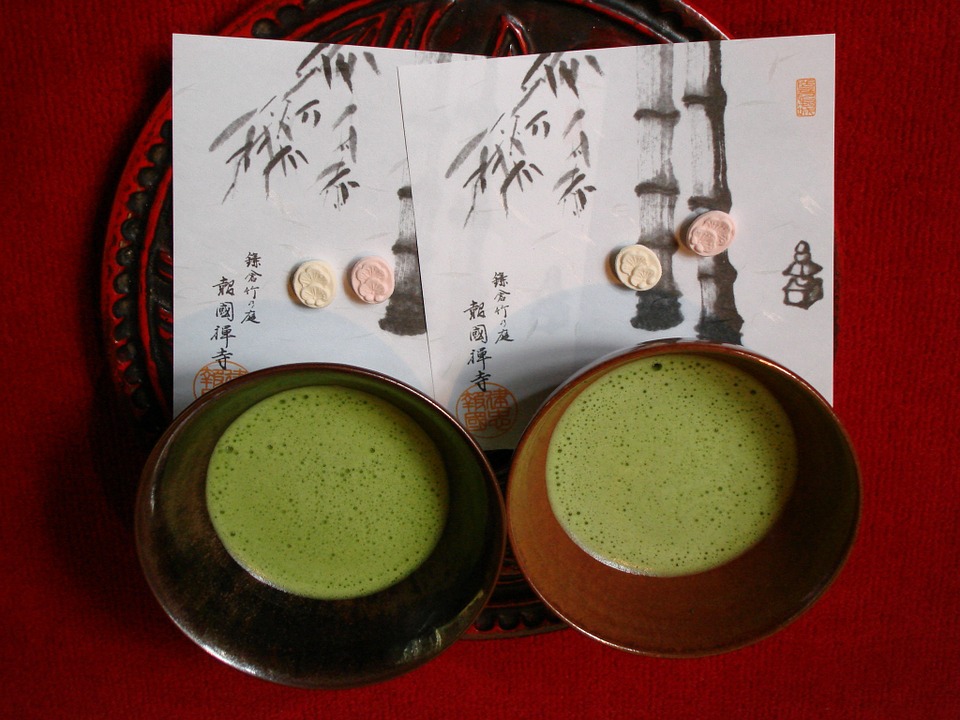
When the Matcha is ready, the bowl of tea is offered to the first guest. Bows are exchanged between the host and the first guest, then the first guest turns to the second guest and bows in respect to the host. The first guest must take a small sip from the matcha bowl, wipe clean the rim, and pass it on to the second guest. This is repeated by all guests until everyone sips from the precious matcha. Please take a time to admire the matcha bowl which was handcrafted by a master, especially for the Japanese Tea Ceremony.
The host will clean the utensils and leave the room with all tea equipment, then will return with more sweets and smoking sets for a more casual rest of the evening.
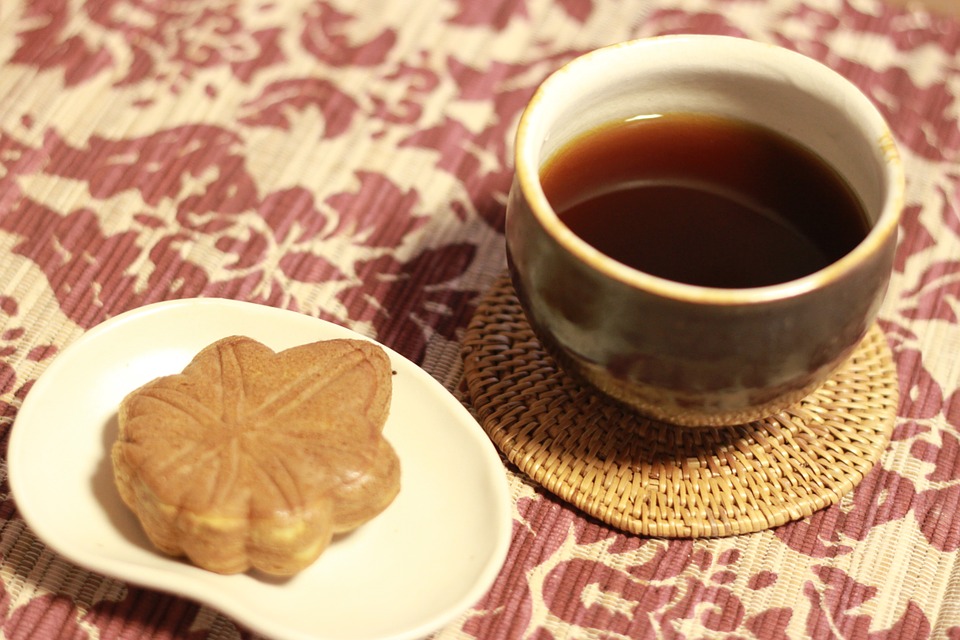
The Japanese Way of Tea became a ritual used in Buddhist monasteries as well as for the preparation of samurais ahead of a battle or mission. It was believed that some of the benefits of green tea included an increase in energy levels, focus and concentration. Nowadays it is well known that green tea, especially Matcha, contains antioxidants which are incredibly beneficial to our health.
Throughout the years, I became more and more fascinated by the Japanese culture, to such extent that I made it a goal to visit Japan. In the end, after spending a month exploring Honshu, I came to the conclusion that Japan changed my life forever. If you too want to experience the authentic Japanese Tea Ceremony, take a trip to the Kansai region and book one during your Kyoto itinerary. I can assure you will become addicted to everything Japanese.
Why would you like to attend a Japanese tea ceremony? Would you like it to be formal or casual? Tell me all about it in the comments section below.

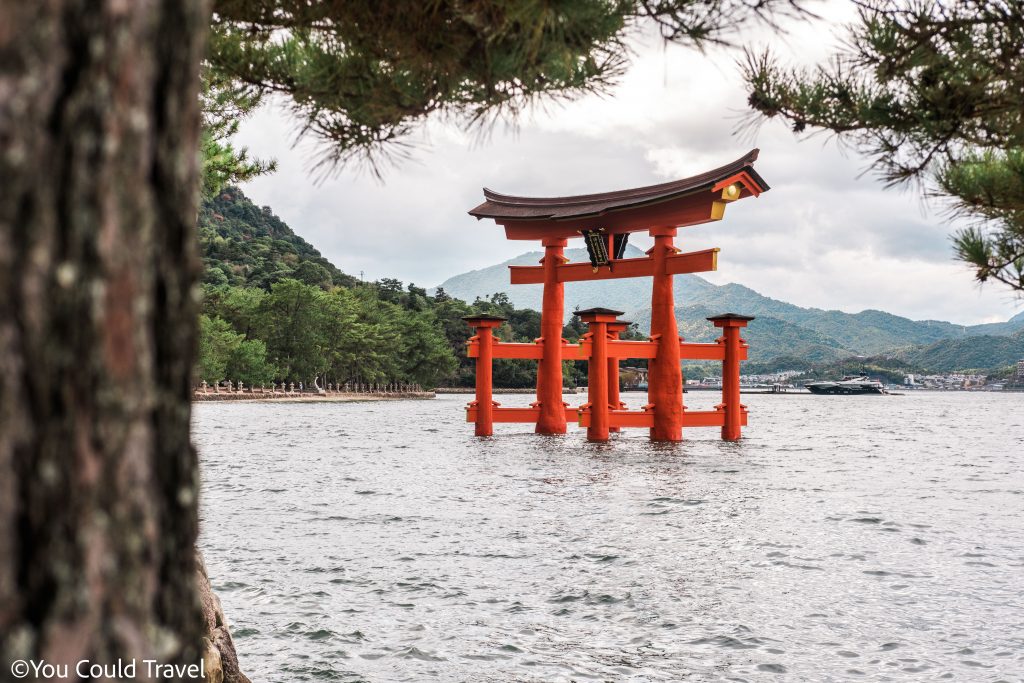
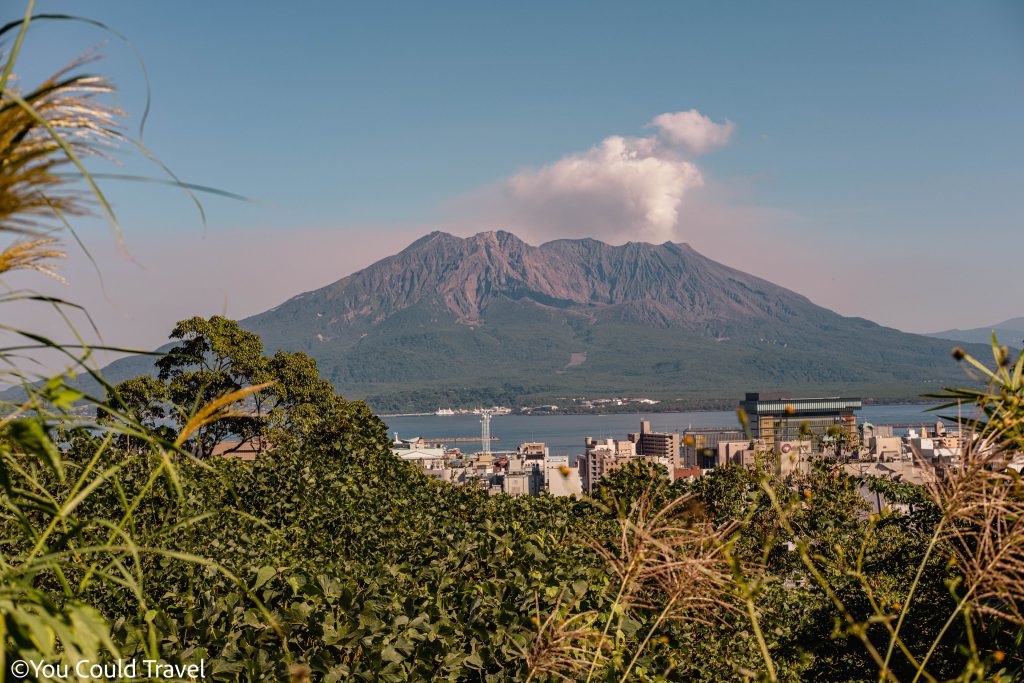
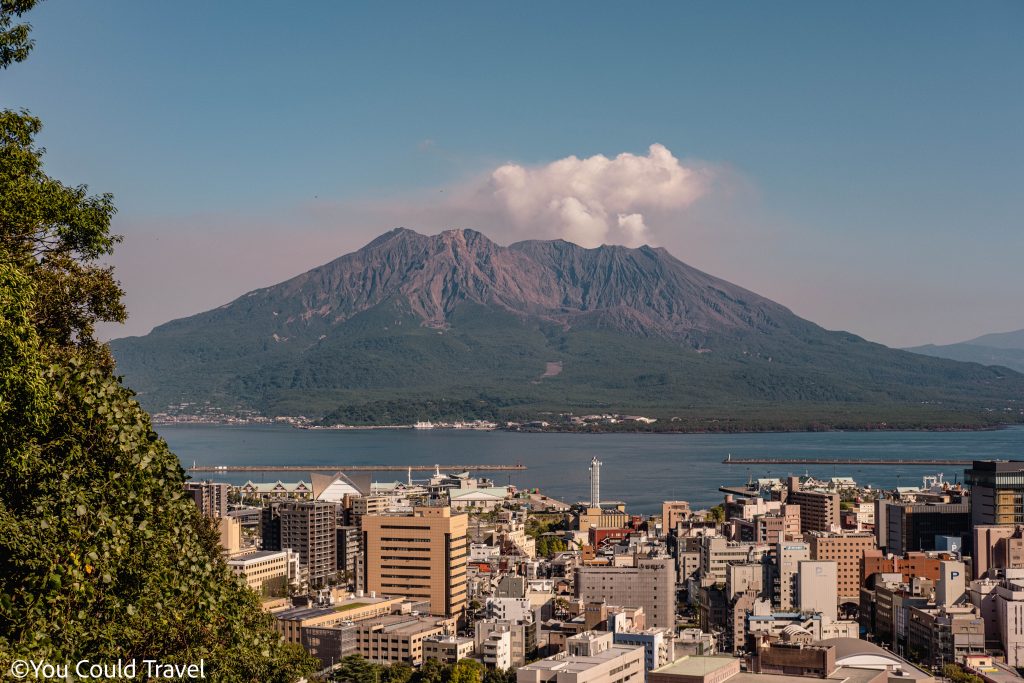
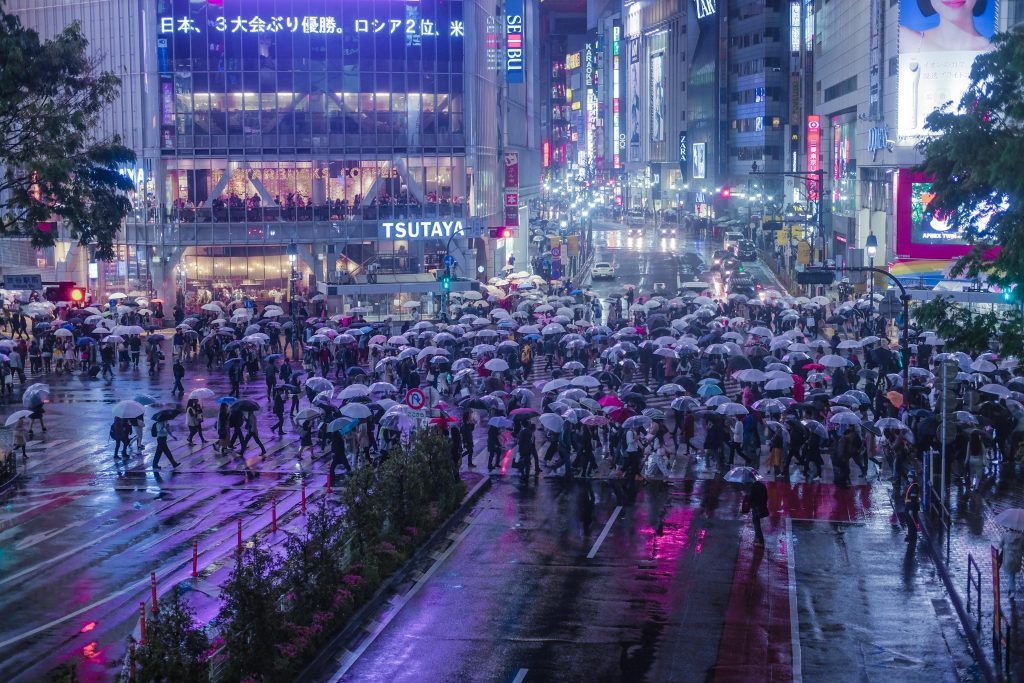



Leave a Reply